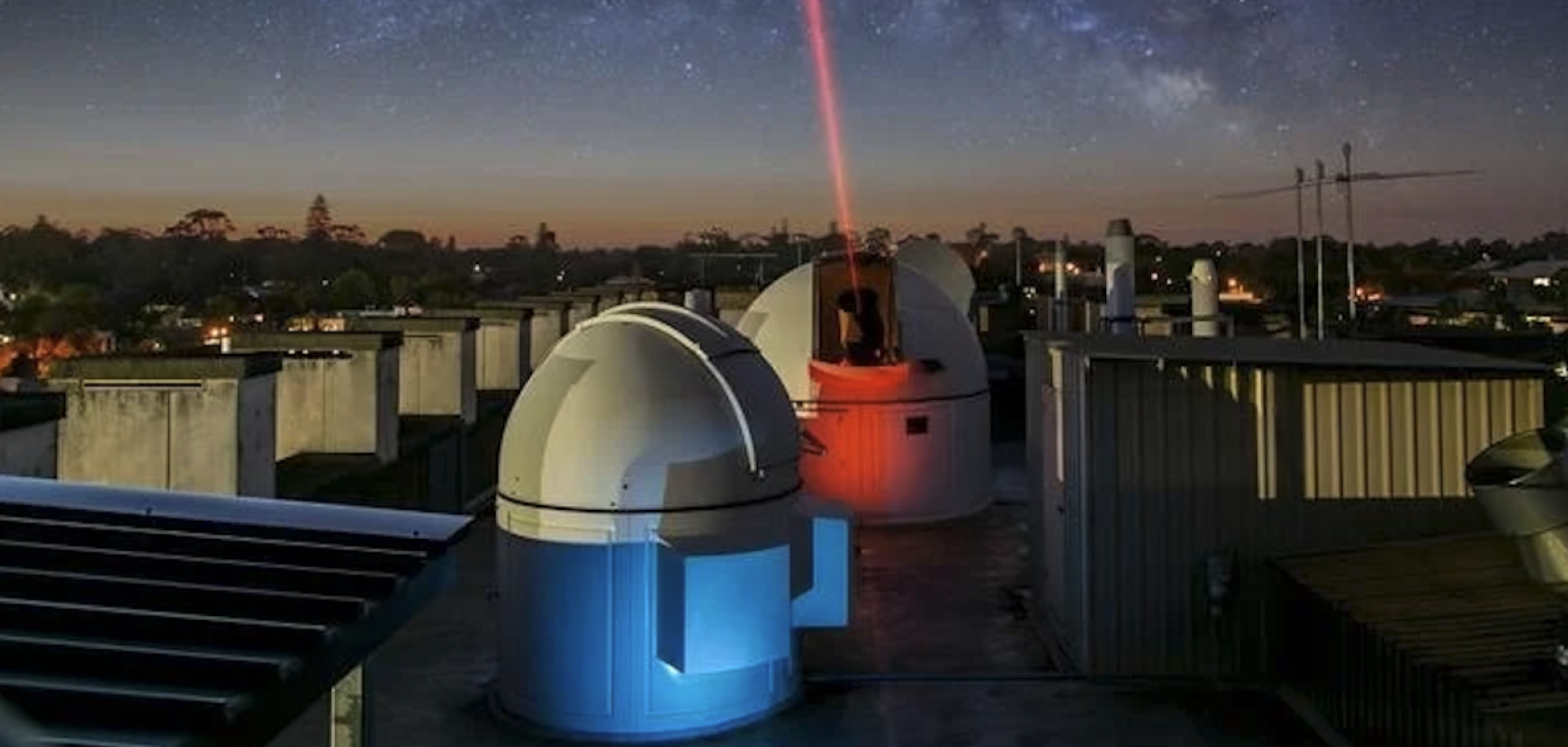A laser sent from low-Earth orbit has successfully communicated with the TeraNet network in Western Australia, multiplying the currently restrictive Earth-to-space communication bandwidth by 1,000.
Led by associate professor Sascha Schediwy from the International Centre for Radio Astronomy Research (ICRAR), the University of Western Australia’s TeraNet – a network of optical ground stations developed for high-speed space communications – recently received a laser payload from the Institute of Communications and Navigation of the German Aerospace Center (DLR) via OSIRISv1, installed on the University of Stuttgart’s Flying Laptop satellite.
“This demonstration is the critical first step in establishing a next-generation space communications network across Western Australia,” said Schediwy. “The next steps include joining this network to the other optical ground stations currently being developed in Australia and across the world.”
Talking with lasers
Wireless radio technology was utilised to send communications to space when launching Sputnik, the very first satellite, nearly 70 years ago. Since then, however, space communications technology has remained relatively unchanged. As the number of new satellites taking up space both in orbit and communication bandwidth grows – with each more advanced satellite sending big data packages, there is a data traffic jam on the journey back to Earth.
Lasers operate at much higher frequencies than radio, so instead of using traditional wireless signals, TeraNet ground stations are designed to accept lasers, which have the potential to transfer thousands of gigabits of data every second.

TeraNet’s third ground station, TeraNet3, is installed on a Jeep to make laser-based space communications more accessible for remote locations on Earth. Image: ICRAR
Clear skies forecast for laser-based space communications
Although high-frequency lasers are far better suited to large data communications, the signals can be blocked on cloudy days. In order to mitigate this issue, the TeraNet system includes three separate ground stations spread out across Western Australia, meaning if any site is blocked due to cloud cover, one of the other two can receive the data instead.
For additional flexibility, meanwhile, one of the three TeraNet ground stations is in fact a custom-built Jeep, ready and waiting for rapid deployment to remote or disaster-struck communities where traditional methods of communication are offline.
Phoning home and longer distance calls
The $6.3m TeraNet project has been greenlit with funding received from the Australian government as part of the Australian Space Agency’s Moon to Mars Demonstrator Mission grant and will support multiple international space missions between low-Earth orbit and the Moon using advanced optical technologies including deep-space communication, ultra-high-speed coherent communications, quantum-secured communications and optical positioning and timing. But high-speed laser communication from space with also revolutionise data transfer from Earth observation satellites, enhancing and securing military communication networks and securing remote operations for autonomous mining and national disaster planning.


